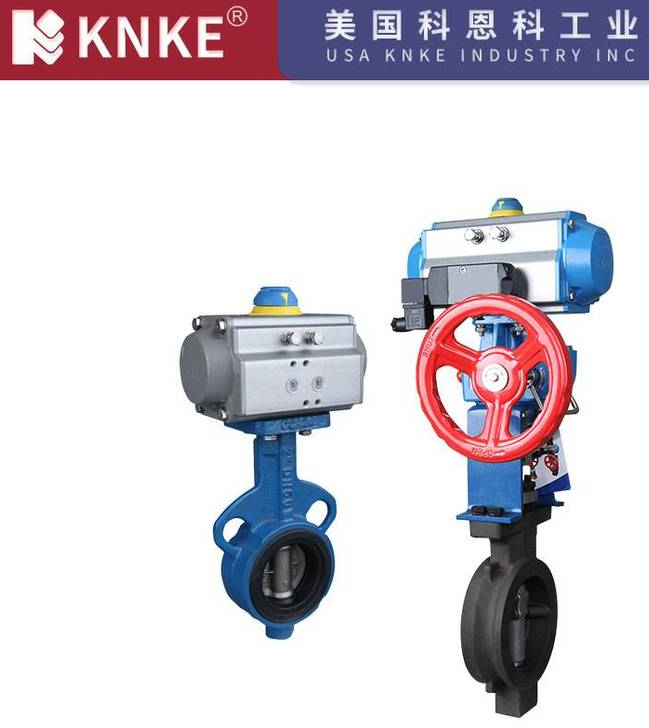Electric Control Valves: Precision, Automation & Energy Savings
In modern industrial production, automation systems play a vital role, and the electric control valve is an indispensable core actuator within this system. It’s not just a simple on/off switch in a pipeline; it’s a critical device for achieving precise control of fluid media such as liquids, gases, and steam. So, what exactly are the functions of electric control valves, and why are they so important?
1. Precise Flow Regulation

The most fundamental function of an electric control valve is precise flow regulation. By receiving an electrical signal from the control system (like 4-20mA or 0-10V), its built-in electric actuator drives the valve’s trim to move with high precision, thereby changing the valve’s opening. This continuously adjustable characteristic allows it to control the media flow in the pipeline to the ideal setpoint, as required by the production process.
For instance, in chemical manufacturing, the temperature and pressure of a reactor need to be strictly controlled. An electric control valve can automatically adjust the flow of cooling water or steam based on temperature or pressure data from sensors, ensuring stable reaction conditions and, in turn, guaranteeing product quality and production safety.
2. Remote Automated Control
The “electric” nature of these valves enables them to easily achieve remote automated control. They can be connected via cables to a central control room’s DCS (Distributed Control System) or PLC (Programmable Logic Controller). Operators can monitor and adjust the valve’s opening from the control room without being physically present, which significantly improves work efficiency and operational safety.
In hazardous or harsh working environments (such as high-pressure, high-temperature, or toxic gas areas), the advantage of remote control is particularly prominent. This not only protects the safety of the workforce but also reduces production accidents caused by human error.
3. Stabilizing Process Parameters
Many industrial production processes require constant process parameters, such as temperature, pressure, and liquid levels. By working in conjunction with various transmitters (temperature transmitters, pressure transmitters, etc.) and controllers (PID controllers), electric control valves form a closed-loop control system that stabilizes these process parameters.
For a heating system, for example, an electric control valve can automatically adjust the flow of hot water entering the radiator based on feedback from an indoor temperature sensor. When the indoor temperature drops below the setpoint, the valve’s opening increases. When the temperature rises above the setpoint, the opening decreases, maintaining a constant and comfortable indoor temperature.
4. Energy Savings and Production Optimization
Through precise control, electric control valves also effectively achieve energy savings and consumption reduction. In traditional production models, media might be controlled in an “all-or-nothing” manner, which often leads to energy waste. An electric control valve, however, provides the “just right” amount of flow based on actual demand, avoiding unnecessary energy consumption.
For example, in a water supply system, an electric control valve can dynamically adjust the pressure and flow rate of a pump based on changes in water usage. This prevents the pump from running at a high-energy consumption state for extended periods, thereby saving electricity.
In conclusion, an electric control valve is far more than a simple mechanical device; it is the “executing hand” of modern industrial automation control. Its functions—precise regulation, remote control, process stabilization, and energy savings—collectively form a critical link in ensuring efficient, safe, stable, and environmentally friendly industrial production. With the development of Industry 4.0 and smart manufacturing, the capabilities of electric control valves will become even more powerful, and their application will expand across various industries.
